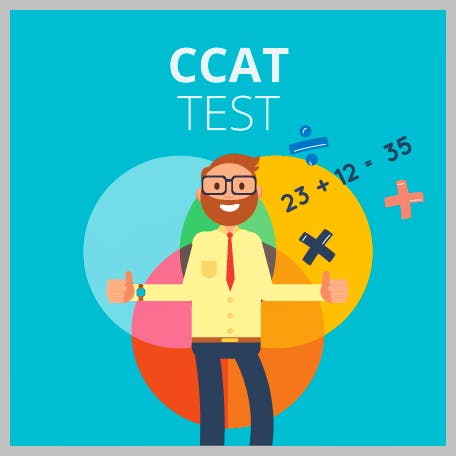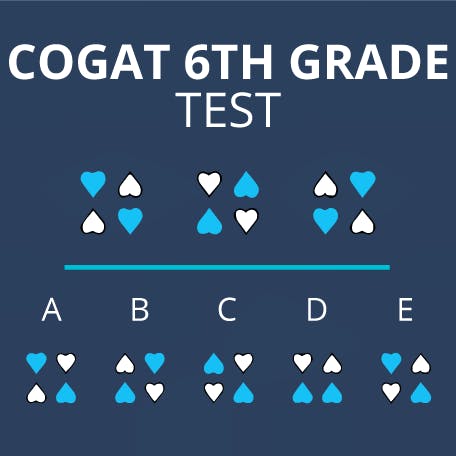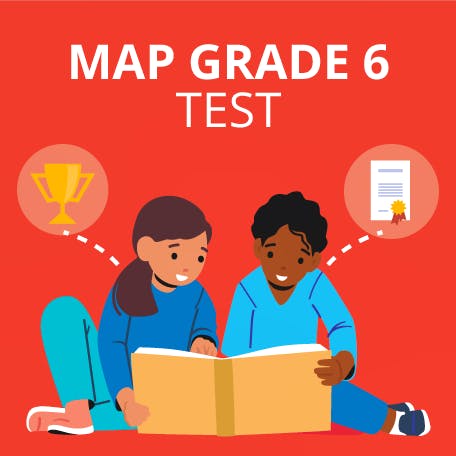CCAT Test Grade 3 Study Guide: with Tips
Updated November 18, 2023
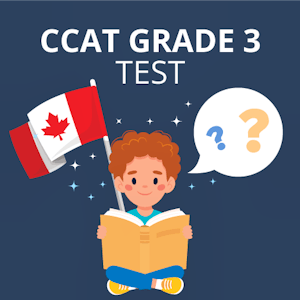

The CCAT test grade 3 is a standardized assessment administered to grade 3 students in Canada.
It measures verbal, quantitative and non-verbal reasoning skills and is used to identify a student's learning potential, typically for admission to gifted educational programs.
The CCAT test grade 3 is an assessment commonly used by schools in Canada.
If you’re the parent or guardian of a child preparing for the test, this CCAT grade 3 guide will tell you everything you need to know.
What Is the CCAT Test Grade 3?
The CCAT test (Canadian Cognitive Abilities Test) is a standardized assessment administered to students in grade levels K-12 in the Canadian educational system.
Rather than a measure of academic achievement, the test assesses a child's ability to learn, reason, and problem-solve.
The CCAT test grade 3 is specifically designed for students in the third grade and focuses on three areas:
- Verbal
- Quantitative
- Non-verbal reasoning
The results of the test can provide valuable information about a student's current ability and future potential. They can help to identify areas where a student may need additional support or enrichment.
As such, the CCAT grade 3 is often used as part of the admissions process for gifted programs and to help teachers and parents tailor their instruction to meet the needs of the student better.
How is the CCAT Test Grade 3 Structured?
The CCAT grade 3 is a multiple-choice test with 170 questions in total. These are split across three individual test sections known as batteries:
- Verbal battery – This section measures verbal reasoning and language abilities.
- Quantitative battery – This section measures numerical reasoning and problem-solving skills.
- Non-verbal battery – This section measures spatial and visual processing abilities.
The test is timed with 30 minutes allotted for each battery and may be administered in one sitting or one section at a time, depending on the individual school.
Each battery of the CCAT grade 3 contains three different question types.
CCAT Grade 3 Questions – Verbal Battery
The questions types found in the verbal battery of the CCAT test grade 3 are:
- Sentence completion – The ability to understand and use language in context. The student is presented with a sentence with a missing word and is required to select the correct option to complete the sentence.
- Verbal analogies – The ability to recognize and apply relationships between words. The student is presented with two words that are related in a certain way and is required to select the word that is related to a third word in the same way.
- Verbal classification – The ability to recognize and group words based on their common attributes. The student is presented with a group of words and is required to select the word that does not belong with the others.
CCAT Grade 3 Questions – Quantitative Battery
The questions types found in the quantitative battery of the CCAT test grade 3 are:
- Number puzzles – The ability to recognize and apply patterns and relationships between numbers. The student is presented with a grid of numbers with missing values and is required to select the correct option to complete the pattern.
- Number series – The ability to recognize and extend numerical sequences. The student is presented with a series of numbers and is required to select the next number in the sequence.
- Number analogies – The ability to recognize and apply relationships between numbers. The student is presented with two numbers that are related in a certain way and is required to select the number that is related to a third number in the same way.
CCAT Grade 3 Questions – Non-Verbal Battery
The questions types found in the non-verbal battery of the CCAT test grade 3 are:
- Figure matrices – The ability to recognize patterns and relationships between shapes and figures in a matrix. The student is presented with a matrix of figures, with one figure missing, and is required to select the correct option to complete the pattern.
- Figure classification – The ability to classify and group shapes and figures based on their common attributes. The student is presented with a group of figures and is required to select the figure that does not belong with the others.
- Paper folding – The ability to mentally manipulate two-dimensional shapes and visualize their transformation in three-dimensional space. The student is presented with a folded paper shape and is required to select the figure that represents how the shape would appear when unfolded.
CCAT Practice Test Grade 3 Sample Questions
Sentence Completion
Which of the following words best completes the sentence below?
The dog was so ____ that it could barely keep its eyes open.
a) active
b) sleepy
c) hungry
d) playful
e) noisy
'Book' is to 'read' as 'movie' is to _______.
a) watch
b) act
c) write
d) paint
e) dance
What number should come next in the series below?
2, 4, 8, 16, _______.
a) 20
b) 24
c) 32
d) 64
e) 128
If 3 is to 27, then 5 is to _______?
a) 50
b) 125
c) 225
d) 625
e) 725
Which answer option is the final result with the top shape is folded so the longest sides touch?
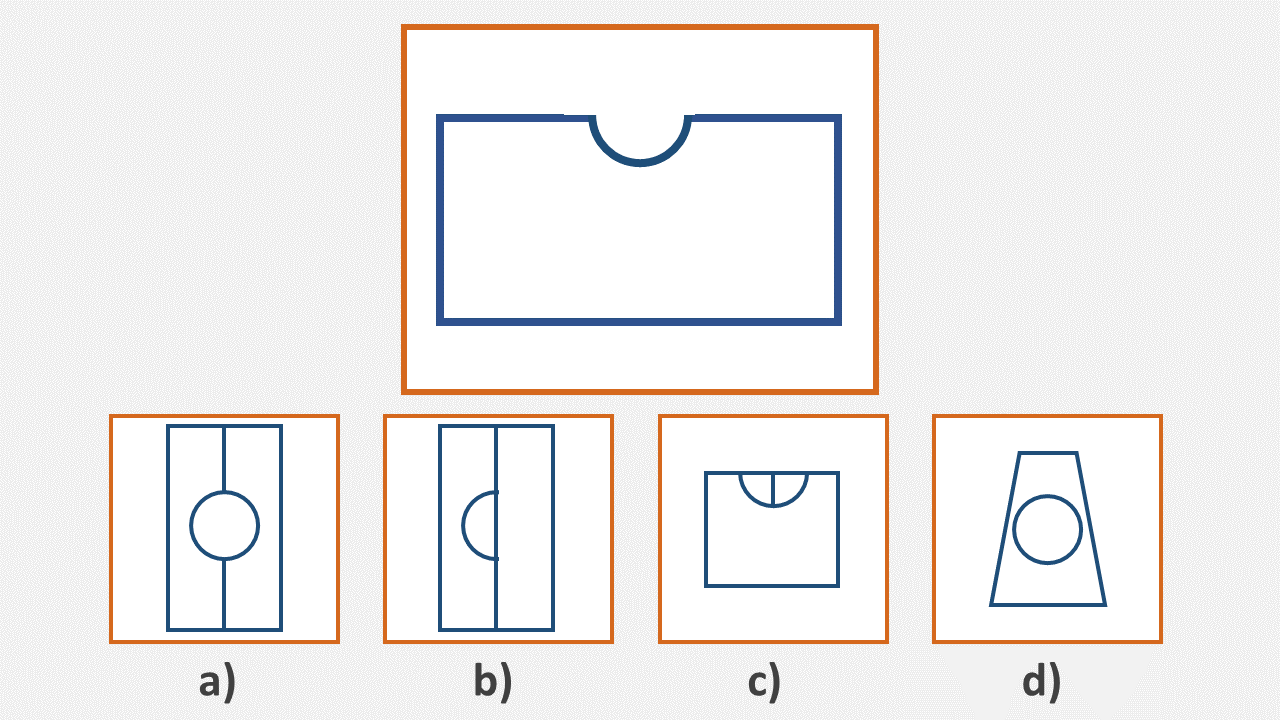
Which is the odd one out?
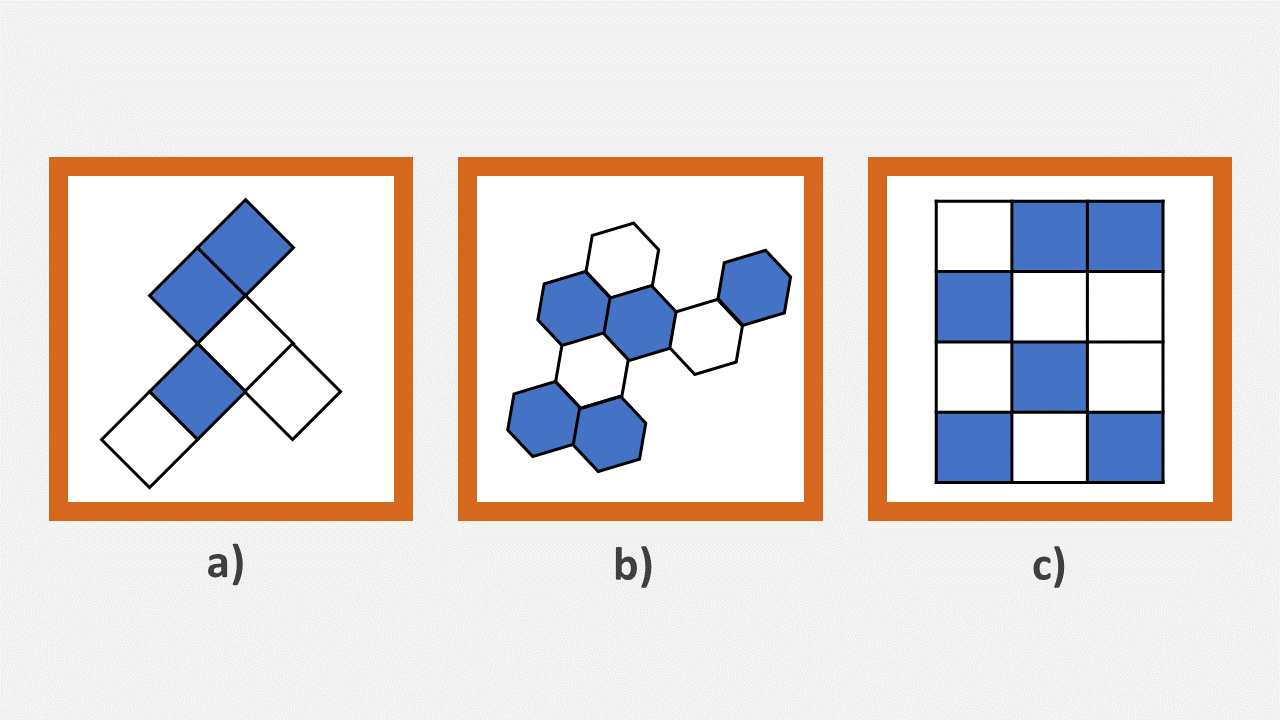

If you want 12 month access to all the practice resources for this test, our partner TestPrep-Online.com offers a Family Membership.
Family Membership gives you access to all the TestPrep-Online resources for the next 12 months. You will also get two separate accounts, which can be very helpful if you have two children preparing for their tests.
How Is the CCAT Test Grade 3 Scored?
The CCAT grade 3 score is based on the number of correct answers given by the student in each of the three batteries.
A raw score is awarded for the total number of correct answers combined. This is then converted into age percentile rank and grade percentile rank using norms based on the student's age and grade level.
The age percentile rank indicates the percentage of students in the same age group who scored at or below the student's score. In contrast, the grade percentile rank indicates the percentage of students in the same grade level who scored at or below the student's score.
The CCAT grade 3 score is also given as a stanine score which ranges from 1 to 9. The is based on the student's grade percentile rank and is used to classify the student's performance into one of nine categories.
A stanine score of 1-3 indicates below average performance, a score of 4-6 indicates average performance, and a score of 7-9 indicates above average performance.
The CCAT test grade 3 also provides subtest scores for the verbal, quantitative, and non-verbal batteries. These subtest scores provide more detailed information about a student's strengths and weaknesses in different areas of cognitive ability.
How to Help Your Child Prepare for the CCAT Test Grade 3
Preparing for the CCAT test grade 3 can help a child feel more confident and comfortable come test day.
Here are some strategies that parents and educators can use:
Step 1. Familiarize the Child With the Test Format
Introduce the child to the CCAT grade 3 test format by explaining the structure and types of questions in each battery. This can help reduce anxiety and help the child understand exactly what is being asked of them.
Step 2. Provide Practice Opportunities
Provide the child with opportunities to practice their cognitive abilities by engaging them in activities that challenge their verbal, quantitative, and non-verbal skills.
Additionally, there are various resources available online that offer complete CCAT test grade 3 practice questions.
Step 3. Encourage Reading and Vocabulary Development
The verbal battery of the CCAT grade 3 assesses the child's language abilities, including their vocabulary and reading comprehension.
You can help the child improve their language skills by encouraging them to read frequently and learn new words through various activities, such as word games and puzzles.
Step 4. Practice Math Skills
The quantitative battery of the CCAT grade 3 assesses the child's numerical reasoning and problem-solving abilities.
To help the child improve their math skills, engage them in activities that challenge their arithmetic, logic and problem-solving skills.
Step 5. Encourage Spatial Reasoning
The non-verbal battery of the CCAT grade 3 assesses the child's spatial and visual processing abilities.
You can help the child improve their spatial reasoning skills by engaging them in activities that involve mental rotation, visualization and pattern recognition.
Step 6. Promote Healthy Habits
A child's overall well-being can have an impact on their cognitive abilities.
Encouraging healthy habits such as regular exercise, a balanced diet, and adequate sleep can help children feel more alert and focused when taking the test.
The CCAT test grade 3 is a standardized assessment used to measure the cognitive abilities of students in the third grade by measuring verbal, quantitative and non-verbal reasoning through a series of multiple-choice questions.
Administered by qualified professionals, the CCAT test grade 3 is commonly used to identify a child's strengths and weaknesses in different areas of cognitive ability and to help inform instructional decisions.
The CCAT test grade 3 is not a pass or fail test, so there is no specific passing score.
Instead, the test is used to measure a student's cognitive abilities and compare their performance to that of other students in the same age group.
The difficulty of the test can vary from student to student, depending on their individual strengths and weaknesses in verbal, quantitative and non-verbal reasoning. Some students may find certain sections of the test more challenging than others.
There are several resources to help students with their CCAT test grade 3 practice, with CCAT grade 3 sample tests, workbooks and study guides all available for purchase.
JobTestPrep offers a comprehensive CCAT grade 3 guide with everything you need to fully prepare for the test.
You can also find plenty of CCAT test grade 3 free sample questions online, including those in this article.
There are 170 questions in total on the CCAT test grade 3. These are split across the three test batteries of verbal reasoning, quantitative reasoning and non-verbal reasoning, with 30 minutes allowed for each battery.
While this may seem like a lot, CCAT grade 3 questions are designed to be age appropriate and not overly complex.
Plenty of CCAT grade 3 test practice will help students work through the questions in the allotted time with confidence.
The CCAT grade 3 score is given as a percentile rank, which compares a student's score to those of other students in the same age group who have taken the test.
A percentile rank of 50 indicates that a student performed at the average level compared to their peers. In contrast, a percentile rank of 80 or above indicates that a student performed well above average.
It's important to note that a good score on the CCAT test grade 3 is relative and depends on the student's individual abilities and the specific expectations of their school or district.
The CCAT test grade 3 is a cognitive abilities test that is designed to measure a student's verbal, quantitative and non-verbal reasoning abilities.
The test can be used for various reasons, such as to identify students who may be gifted or have high academic potential or to highlight those who may benefit from additional learning support.
The CCAT grade 3 is not a mandatory test. However, some schools and districts may choose to administer it as a tool to assess student learning potential and inform academic planning.
Parents should check with their child's school or district to determine whether the CCAT test grade 3 is required or optional and to understand how the test results will be used to support their child's academic development.
You can find plenty of CCAT practice test grade 3 sample questions online, such as those offered in this article. These are designed to introduce your child to the different types of questions they’ll encounter.
For more advanced preparation and to boost your child’s confidence for test day, you can find a full bank of CCAT grade 3 questions on sites like JobTestPrep.
In general, the decision of whether a student can retake the CCAT test grade 3 depends on the policies of the school or district administering the test.
The test is typically administered once a year, and retaking it may not necessarily improve a student's performance. This is because the CCAT is designed to measure a student's cognitive abilities, which are relatively stable over time.
However, if a student feels that their performance was not an accurate reflection of their cognitive abilities or if there were extenuating circumstances that may have affected their performance (for example, illness, distractions during the test), they may want to speak with their teacher or school administrator to discuss the possibility of retaking the test.
The CCAT grade 3 is available as both a pen and paper and as an online test that can be administered using a computer or tablet.
The online version is designed to be similar in format and content to the pen and paper version, with the same types of questions and time limits.
Note that the online version may require some additional preparation and support, particularly for younger students who may be less familiar with using technology. Completing their CCAT test grade 3 practice online will help here.
Yes, the CCAT grade 3 is a timed test. It consists of 170 questions split across three batteries: verbal, quantitative, and non-verbal. Each battery has a 30 minute time limit, and students must complete each section within the allotted time.
It's important for students to manage their time effectively during the test so they’re able to answer as many questions as possible.
Teachers and parents may provide strategies for time management, such as using a watch to keep track and not spending too much time on any one question.
JobTestPrep offers a full CCAT grade 3 guide to help parents and guardians with test preparation.
This includes full-length CCAT test grade 3 practice tests, extra practice drills and detailed answer explanations. You’ll also find a detailed study guide with helpful tips and test taking strategies, and score reports to track progress.
Final Thoughts
Used by schools throughout Canada, the CCAT test grade 3 is a useful tool for measuring a child’s natural reasoning skills and planning their educational program accordingly.
It's important to note that the CCAT test grade 3 is just one tool used to assess a child's abilities and should not be viewed as the sole determinant of their academic potential or future success.
Additionally, while some preparation can help a child feel more comfortable with the test format and content, excessive test prep can also be counterproductive and lead to undue stress and anxiety.
As such, it's important to approach the CCAT test grade 3 with a balanced perspective and focus on providing a well-rounded education that supports a child's overall development.











